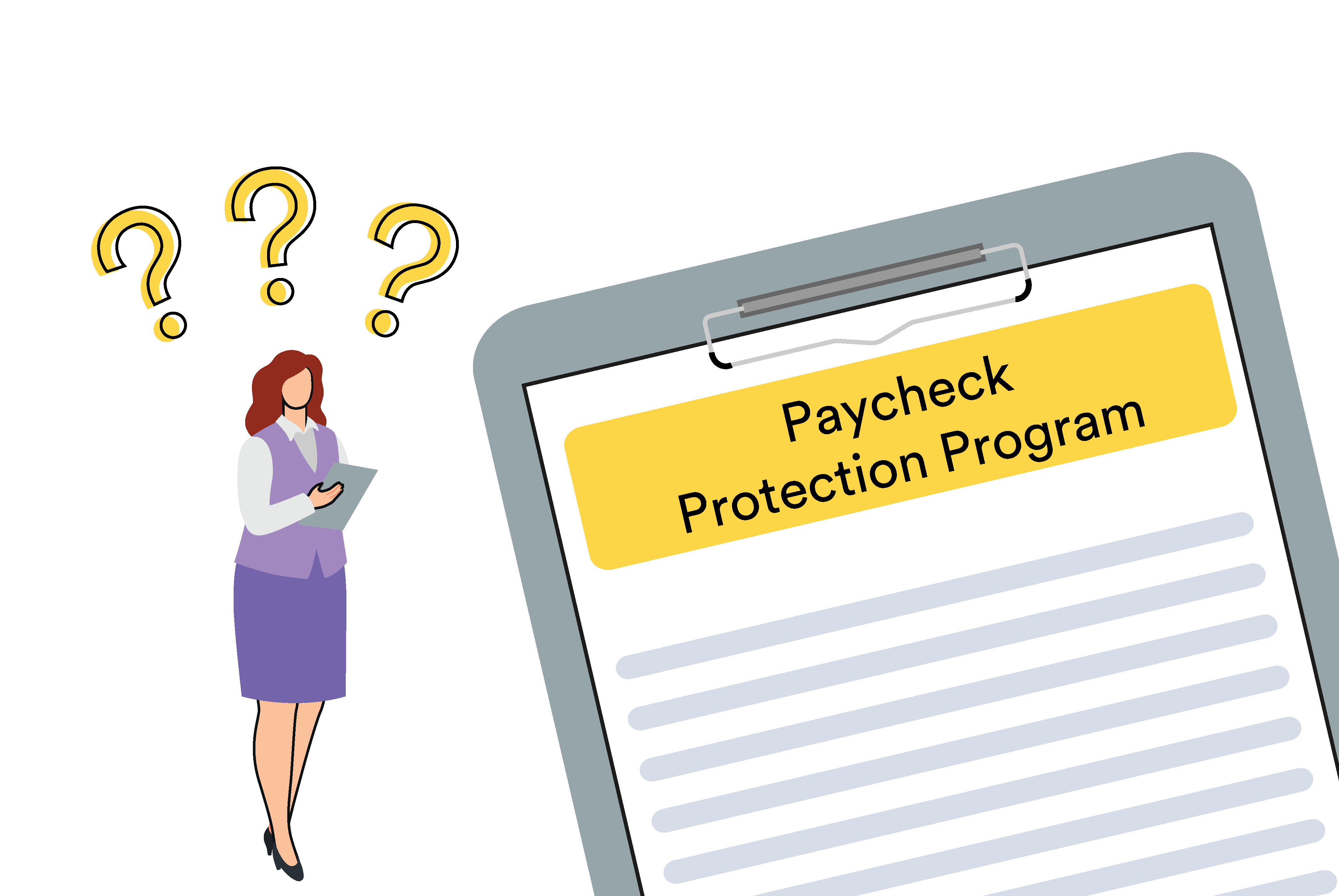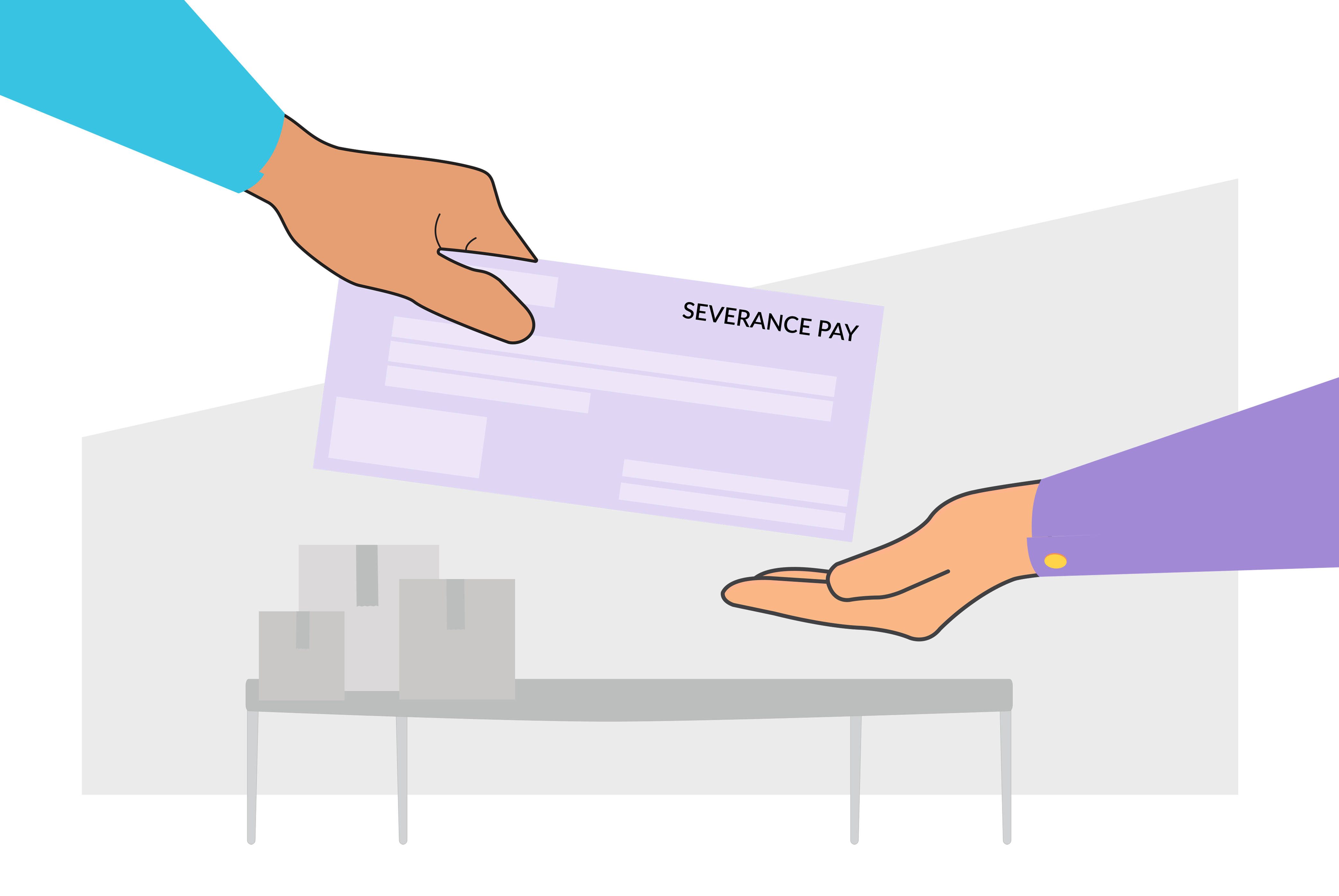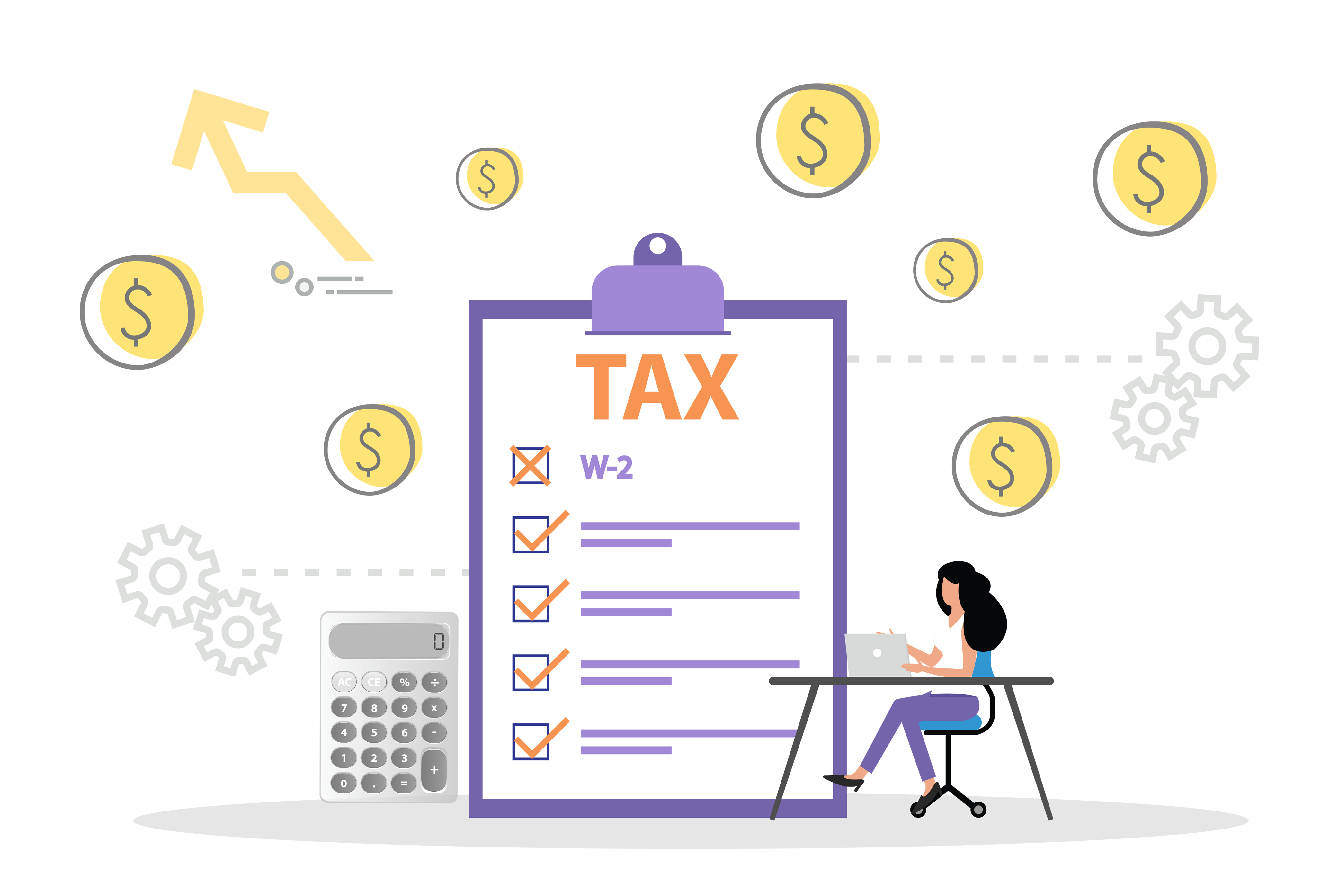Age discrimination occurs when an applicant or employee is treated less favorably due to age. The Age Discrimination in Employment Act (ADEA) specifically protects those who are age 40 or older from being discriminated against based on their age. On a federal level, the law does not protect those under 40-years-old; however, some states may have their own laws to protect younger workers.
All policies and practices within a place of employment should apply to applicants and employees of all ages. It can be illegal if a policy has a negative impact on an applicant or employee age 40 or older and is not based on factors other than age alone.
In 2019, the U.S. Equal Employment Opportunity Commission (EEOC) received 15,573 (21.4%) charges of age discrimination. Age discrimination was the sixth-highest category of workplace discrimination that year. The AARP confirms that age discrimination is still happening in the workplace, despite Congress making it illegal over 50 years ago.
The ADEA applies to businesses with 20 or more employees, as well as state and local governments, employment agencies, labor organizations, and the federal government. It protects against discrimination of employees in all aspects of employment, including hiring, firing, pay, job assignments, promotions, layoff, training, benefits, and more.
It also protects against harassment due to a person’s age. Harassment can include any kind of offensive or derogatory remarks about a person’s age. The law does not prohibit offhand comments, jokes, or isolated incidents that are not seen as too problematic. It becomes illegal once the incidents become more frequent or serious, and the victim feels uncomfortable in their work environment or experiences an unfavorable employment decision, such as being fired or demoted. The victim can experience harassment from their supervisor, a supervisor in another area, a co-worker, or even a client or customer.
Additional actions that are prohibited by the ADEA include:
- Retaliation against an individual for opposing employment practices that discriminate based on age.
- Retaliation against an individual for filing an age discrimination charge, testifying or participating in any way in an investigation, proceeding, or litigation under the ADEA.
- Including age preferences, limitations, or specifications in job listings. An age limit is only permissible in the event that age is an actual occupational qualification and necessary to the business’s day-to-day operations.
- Age limitations in apprenticeship programs or joint labor-management apprenticeship programs. These limitations are only permissible if they are in line with specific exceptions under the ADEA or if an exemption is granted by the Equal Employment Opportunity Commission.
- Denying benefits to older employees, under the Older Workers Benefit Protection Act of 1990 (OWBPA). There are some circumstances where an employer is allowed to reduce certain benefits based on age, but only if the cost of providing those benefits to older workers is no less than the cost of providing younger workers with the same benefits.
Pre-employment requests for age and/or birthdate is not specifically prohibited by the ADEA, but it could imply that there is a possibility for age discrimination to occur within the workplace. These kinds of questions during an interview or pre-employment conversation could deter older workers from applying.
There are many situations where an older employee might feel as though they have experienced discrimination based on age. These are some common examples of how age discrimination might occur in the workplace:
- Nonchalant or “coded” comments, using words that indicate a preference between younger and older employees, such as referring to younger employees as “fresh new faces in the office.”
- Opportunities for big projects or learning new skills being passed along only to younger employees, or in the same sense, buyouts or acquisitions only being offered to older workers.
- Ageist remarks being used throughout the workplace that make an older employee feel uncomfortable.
- Younger employees assuming that their older co-workers don’t know anything about or understand newer technology, such as social media.
- Younger employees getting together outside of the office and not including their older co-workers, like, gathering for someone’s birthday, happy hour, or creating a kickball league.
- Employers laying off or eliminating the job titles of older employees, but not actually getting rid of the tasks at hand — instead, handing them off to younger employees to handle under a new or different job title.
- Demoting or reprimanding an older employee without just cause. Examples include refusing to give an older employee a promotion because they only made nine out of the ten required sales, but still promoted younger employees who may not have even made half of the requirement.
Employees have 180 days to file a charge with the Equal Employment Opportunity Commission if they believe they have been discriminated against because of their age. This Charge of Discrimination is a signed statement that says an employer, union, or labor organization has engaged in employment discrimination and requests that the EEOC take remedial action. The 180-day time limit is extended to 300 days if a state or local agency enforces a law that prohibits employment discrimination on the same basis.
The ADEA does permit waivers of claims or rights to be used in certain situations, such as settling a discrimination claim or in connection with some kind of employment termination program. A valid waiver must meet specific standards to be considered knowing and voluntary. It must:
- Be written clearly and able to be understood.
- Reference ADEA rights or claims.
- Not waive rights or claims that could arise in the future.
- Be in exchange for valuable consideration, in addition to what the individual is already supposed to get from the employer.
- Provide written advice to the individual that they consult an attorney before signing anything.
- Give the individual time to think about the agreement before signing. For individual agreements, the time allotted is at least 21 days, for group waiver agreements, it’s at least 45, and for settlements of ADEA discrimination claims, there is no specific time noted. Rather, it’s just a “reasonable” amount of time.
The EEOC has a user-friendly portal on its website, available to the public, that allows people to file a claim, find their closest EEOC office, and obtain information and guidance about the process of filing a claim.
Feel like you might be in a toxic workplace? We can help you assess the signs. Find a new and more rewarding profession on Joblist.








